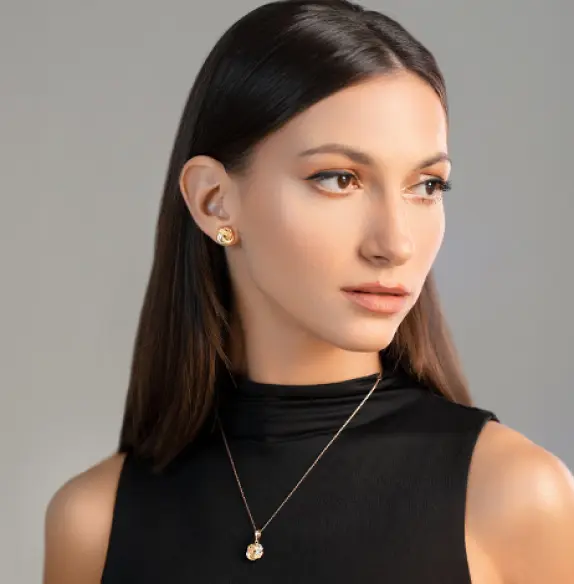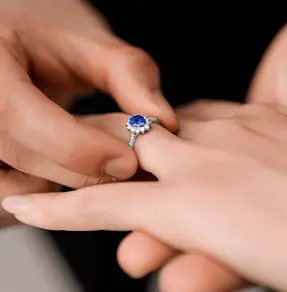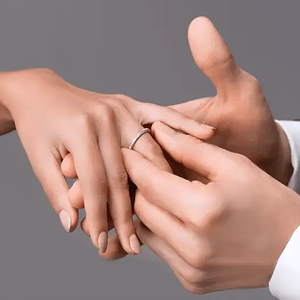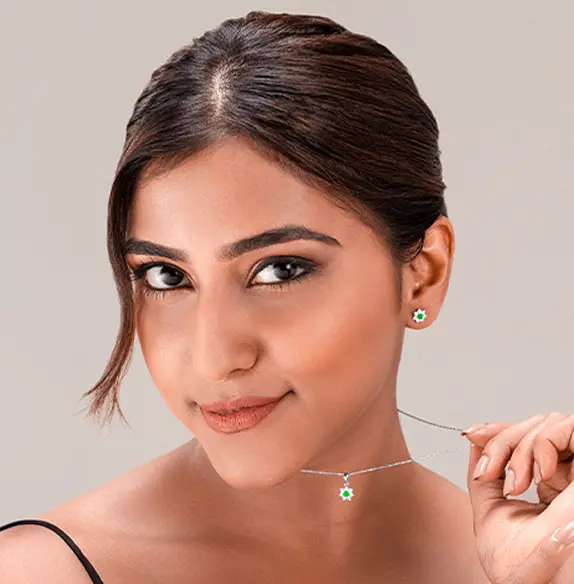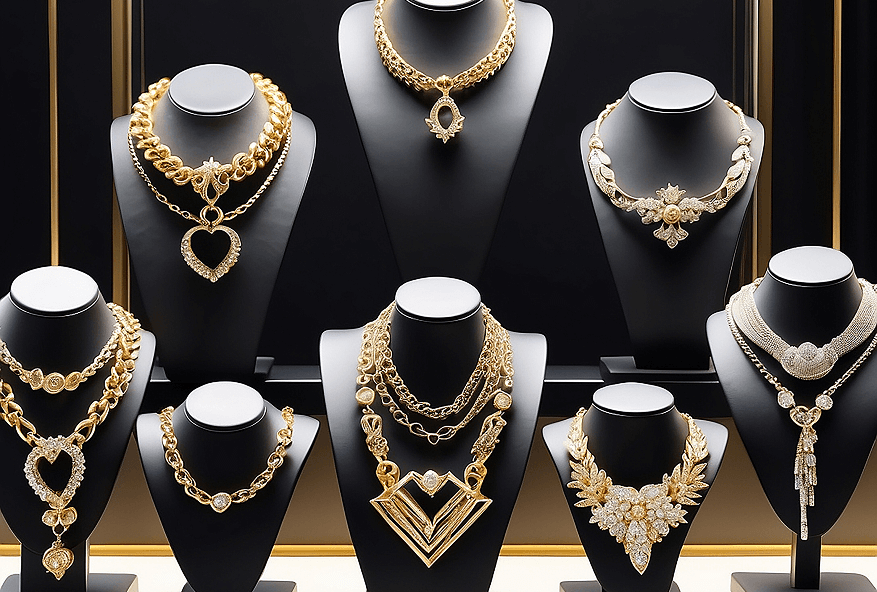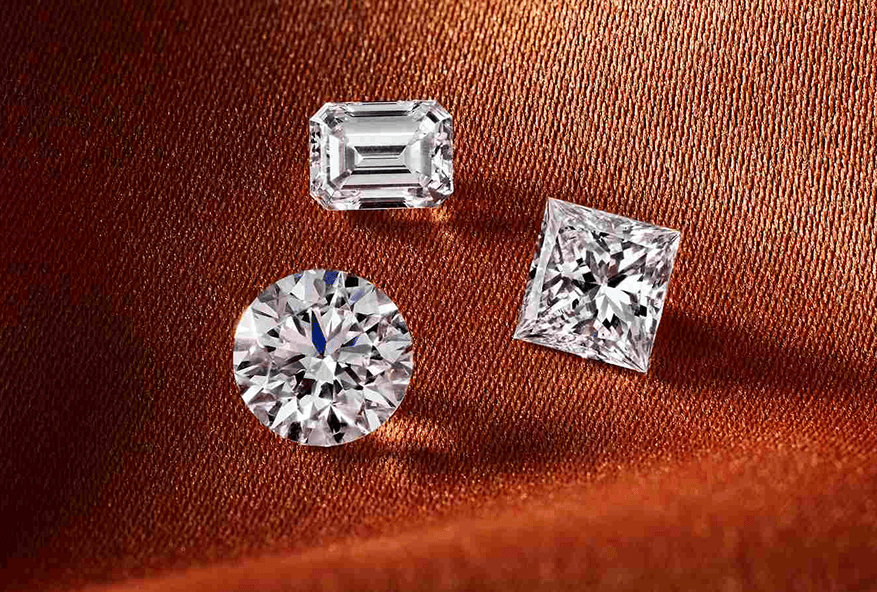Standard delivery available islandwide and worldwide. Learn More
Standard delivery available islandwide and worldwide. Learn More
0
0
Menu
Close
- Engagement Rings
Shop by Stone
Shop by price
- Wedding Jewellery
Women
- Jewellery
- Collections
Featured collection
- Gifts
- About Us
- Contact Us
- Engagement Rings
Shop by Stone
Shop by price
- Wedding Jewellery
Women
- Jewellery
- Collections
Featured collection
- Gifts
- About Us
- Contact Us

